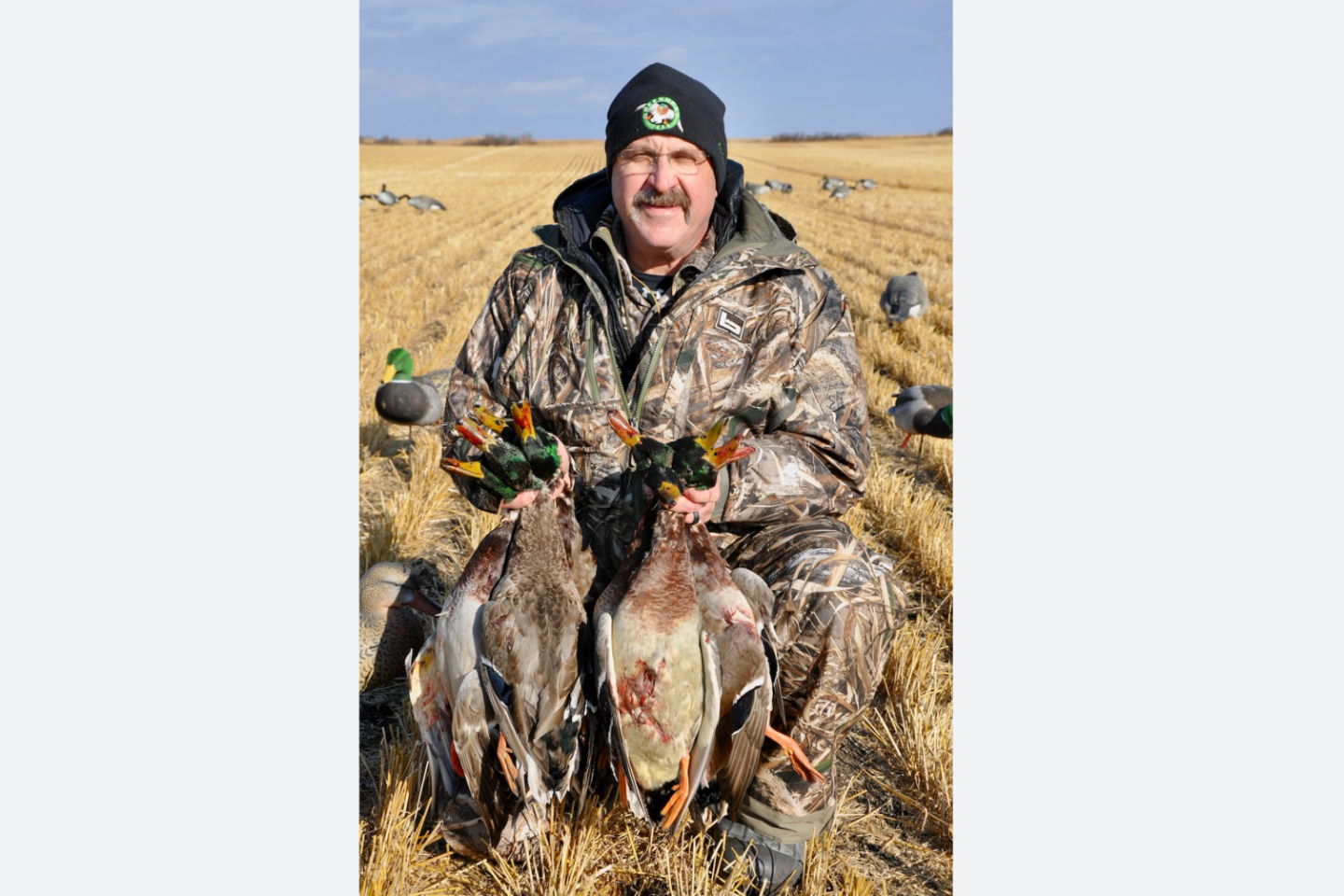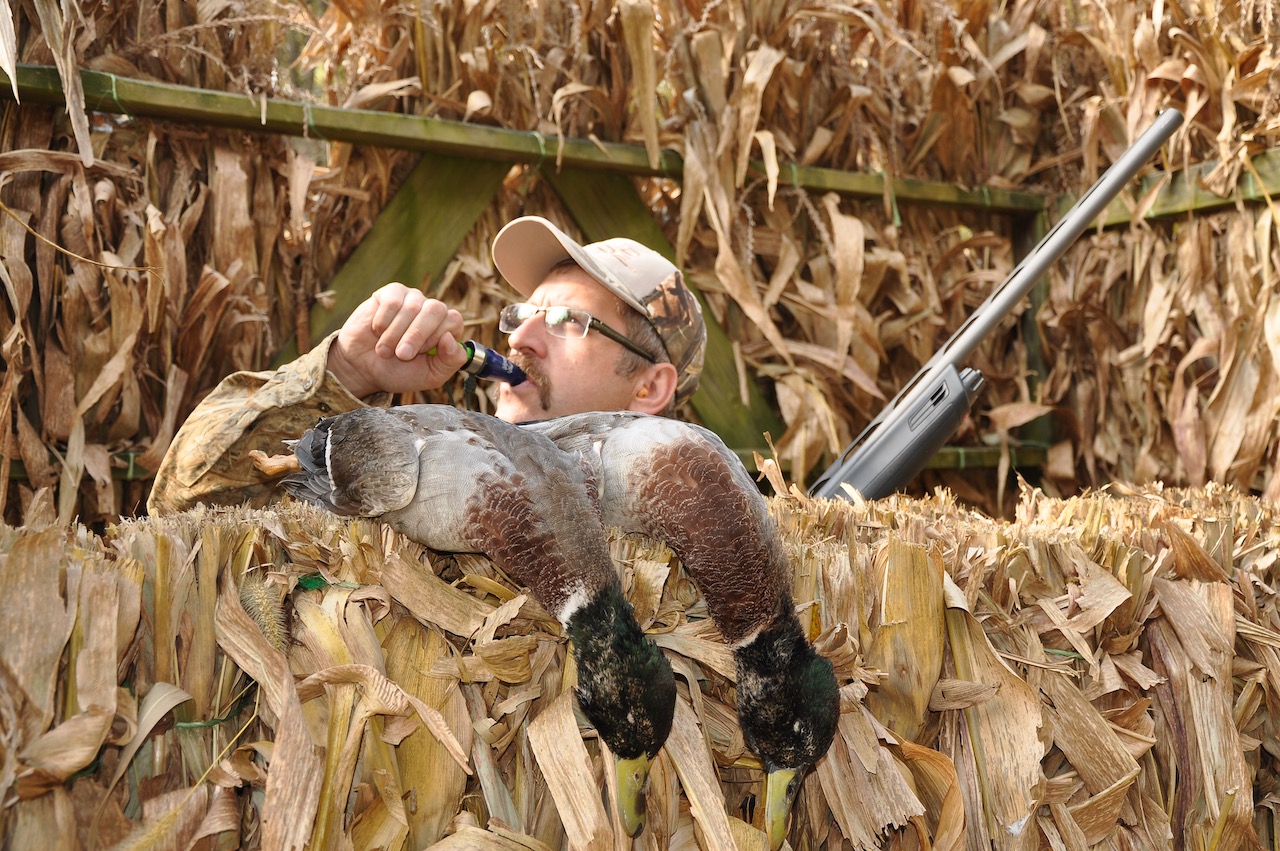DUCKS AFIELD
From scouting to decoying to choosing loads, a primer on how to successfully hunt dabblers on dry land
Advertisement
#4 AMBUSH PLAN
Once the spread is complete, it’s time to crawl into your blind and wait. Although dry-land ducks are aggressive feeders after they land, they’re extremely cautious when approaching a decoy spread. Before committing to land, they’ll circle around your set-up several times, watching for danger. Often, more and more ducks will join the circling swarm, adding even more eyes to scan for trouble. As they circle, you’ll hear their calls, as well as the wind whistling through their wings. You may even get a little dizzy as you take in the show above you.
Advertisement
Remain motionless and keep your hands and face well-hidden as the ducks circle past your blind. Once they’ve flown by, start calling to convince them they’re circling actual live birds on the ground. Just ensure your calls aren’t too loud or unnatural sounding, which will cause the ducks to flare. Stop calling once they round the corner downwind and start heading back directly at you. Otherwise, they’ll pinpoint the source of the sound and spook.
Be patient as the ducks continue to circle—they may swing around as many as a half-dozen times, and at varying altitudes. Just remain at the ready, because once one or two ducks commit, the entire flock will drop right into a landing zone.


